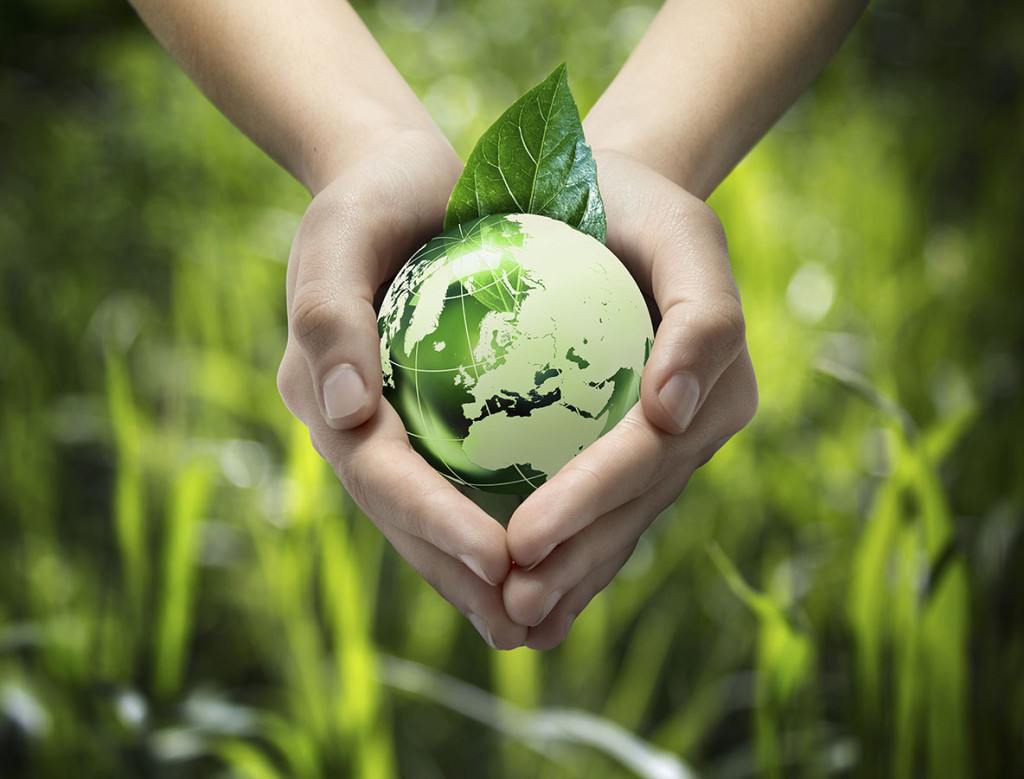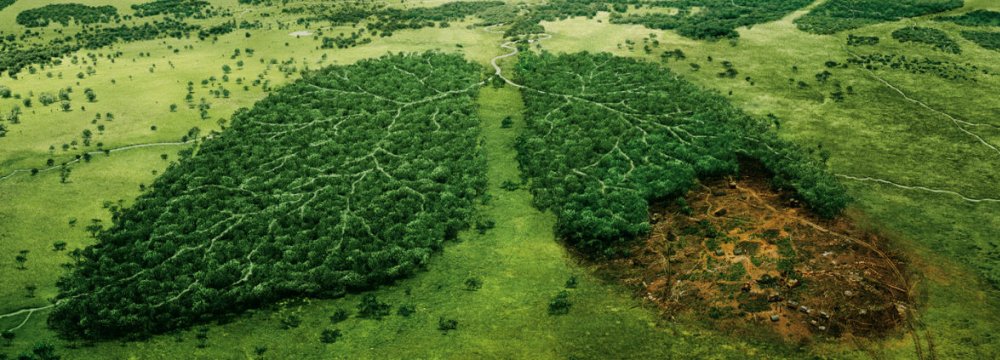
Environment to Enter Iran School Curriculum

Kioumars Kalantari also said educational material on environment conservation includes three simple teaching packages for pre-school, for first to 10th grade and a separate course book for 11th grade.

“The content has been designed in collaboration with DOE's experts and is aimed at making students consider one of the troubles facing Iran’s environment at the end of each chapter,” he said.
The purpose of the plan is to familiarize the society with environmental issues and ways of protecting it from the very first stage of education. It can also help educators and students develop a deeper understanding of ecological issues and realize the importance of environmental conservation.
Kalantari noted that injudicious behavior toward nature is mostly rooted in ignorance.
“The only remedy is to raise public awareness about the critical conditions of the country's natural environment and foster an eco-friendly culture from the early stages of life,” he said.
The worrying status of environment in literally every corner of Iran is the result of a combination of natural phenomena and human misconduct.
The annual destruction of 50,000 hectares of northern forests, desiccation of Lake Urmia in the northwest, dust storms in the south and southwest, dried up wetlands of Hamoun in the southeast and long periods of drought in the northeast are problems that receive constant media coverage.
The alarming ecological conditions have impelled the DOE authorities to consider raising an environment-friendly generation.
Schemes to add environmental content to school curriculum and launch 60 nature schools are among measures aimed at meeting this goal.
Nature schools seek to encourage and inspire children of different ages through positive outdoor experiences, connect deeply with nature through practical participation and explore the environment as co-learners.


Trump weighs using $2 billion in CHIPS Act funding for critical minerals

Codelco cuts 2025 copper forecast after El Teniente mine collapse

Electra converts debt, launches $30M raise to jumpstart stalled cobalt refinery

Barrick’s Reko Diq in line for $410M ADB backing

Abcourt readies Sleeping Giant mill to pour first gold since 2014

Nevada army depot to serve as base for first US strategic minerals stockpile

SQM boosts lithium supply plans as prices flick higher

Viridis unveils 200Mt initial reserve for Brazil rare earth project

Tailings could meet much of US critical mineral demand – study

Kyrgyzstan kicks off underground gold mining at Kumtor

Kyrgyzstan kicks off underground gold mining at Kumtor

KoBold Metals granted lithium exploration rights in Congo

Freeport Indonesia to wrap up Gresik plant repairs by early September

Energy Fuels soars on Vulcan Elements partnership

Northern Dynasty sticks to proposal in battle to lift Pebble mine veto

Giustra-backed mining firm teams up with informal miners in Colombia

Critical Metals signs agreement to supply rare earth to US government-funded facility

China extends rare earth controls to imported material

Galan Lithium proceeds with $13M financing for Argentina project

Kyrgyzstan kicks off underground gold mining at Kumtor

Freeport Indonesia to wrap up Gresik plant repairs by early September

Energy Fuels soars on Vulcan Elements partnership

Northern Dynasty sticks to proposal in battle to lift Pebble mine veto

Giustra-backed mining firm teams up with informal miners in Colombia

Critical Metals signs agreement to supply rare earth to US government-funded facility

China extends rare earth controls to imported material

Galan Lithium proceeds with $13M financing for Argentina project

Silver price touches $39 as market weighs rate cut outlook

















